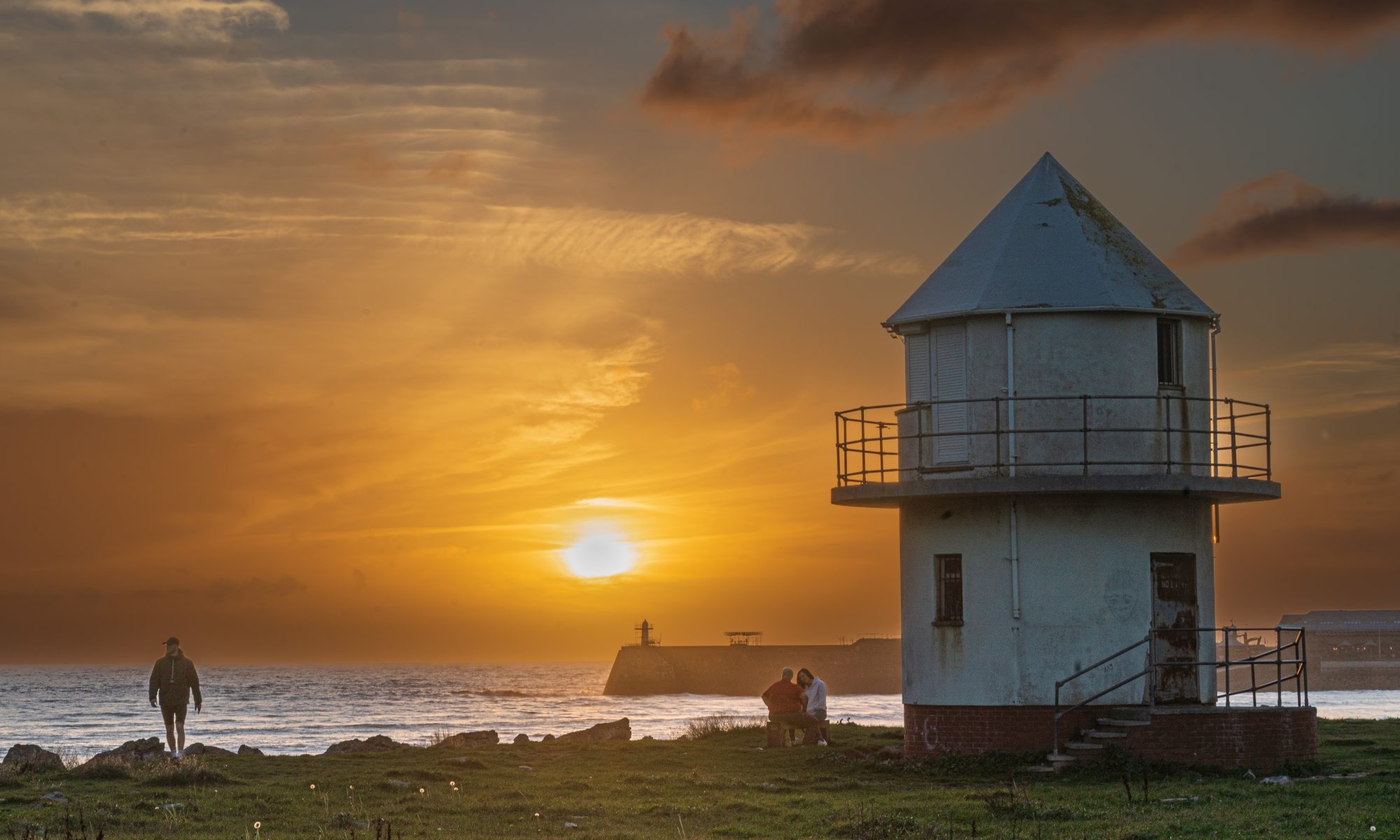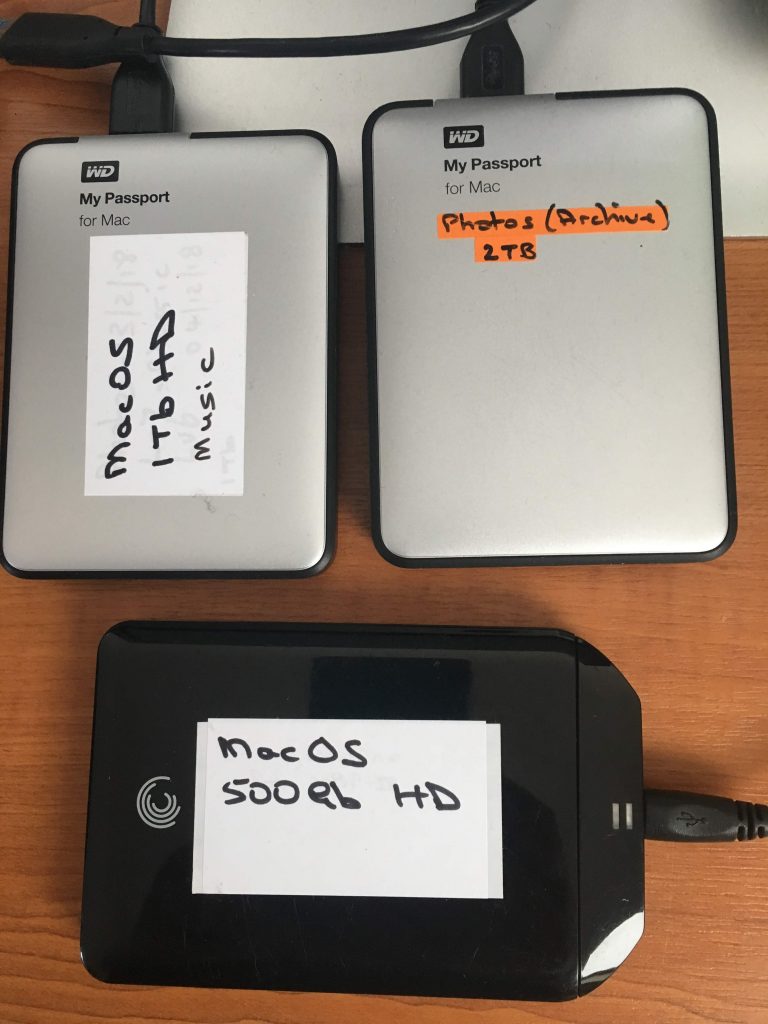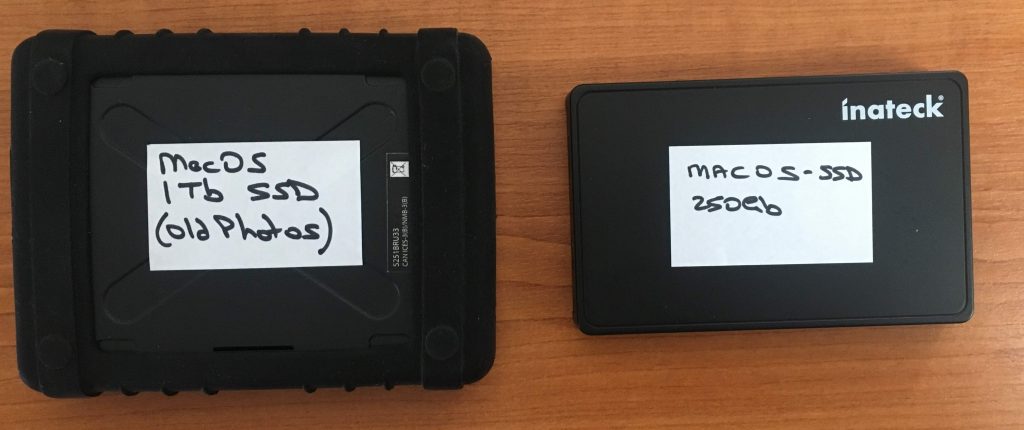Unfortunately I’m not able to provide much insight into all platforms – Android and Apple, smartphone, tablet, laptop and desktop, MacOS and Windows – I can only show examples from the Apple world – iOS, iPadOS and MacOS. There are devices that increasingly are getting to be very good at monitoring what you’re doing, where you are, and alerting others to potential difficulties you might be in. Again, I’m unable to offer much advice and information on these – I do look at the Apple Watch and wonder whether I should buy one, but so far have resisted the temptation.
So I’ll write in generalities, hopefully give pointers to as wide a range of possibilities as I can, but please realise … it’s an impossible task to cover all bases.
Going one stage further, I could have talked about other smart devices – home hubs, SmartTVs, etc., but again that would extend the scope further than we can handle in a short presentation.
I will focus on accessing services that I think you may find useful; I hope you will find some of the information helpful. I’m not that confident of being able to sharpen your bodies or minds, but hopefully at least you’ll have a few props for our collective failing memories!!
However … a starting-point (or two)
How many of you talk to your photo when you’re not making a phone-call?
I suspect not many of you. Speech-to-text has come a long way since I first encountered it and now wherever you see a microphone icon you can press it and talk to your message app; or to your Notes or Reminders apps; or to your word-processor; etc. Give it a try, it’s easier to edit the mistakes made in the transcription, than it is to correct the annoying fat finger problems, or the incorrect auto-mistake corrections!
Then there’s the voice assistants. How many of you talk to your TV; your music system; your home heating system; your lights – you get the picture! I find them confusing and don’t replace using the Remote Controls, but perhaps you’ll have better luck. You should however try and standardise on one system whether it’s Siri, Alexa, Hey Google when selecting a new consumer good – if you possibly can.
Browsing and searching the internet (the web)
On iOS I now tend to use Safari (iPhone or iPad) to make full use of bookmarking and Tab Groups which are amazing for storing similar sites in a separate browser window. Otherwise Brave or Safari (on Laptop). The search engines I use (not Google) are DuckDuckGo (on iOS), or Ecosia.
A Note about Paying for Software
Why should you expect to get everything for free? There are a lot of very good free programmes about, but I’m continually surprised at how many people expect that all the software they use should be free. I’ve written another article on this subject which you might find interesting.
Security and Privacy
Password Manager – I have migrated away from using LastPass for holding passwords and accounts to using Apple’s Keychain and Password approach. If I wasn’t an Apple user I would probably use Google’s Password Manager, and if I worked on Windows, Apple and Android machines I would probably use 1Password nowadays. I still have LastPass running as a backstop to Keychain as not all the accounts seemed to migrate over to the Apple offering. So LastPass is the archive, and I refer to it running as an app on the desktop, or mobile device when I find credentials are missing.
If you use a password manager, just be aware of FIDO – a standard that most of the industry has adopted to move away from passwords and towards passkeys which incorporates Two Factor Authentication (2FA) and Biometrics – Apple, Google and 1Password have all incorporated FIDO into their software so that you get the benefit of both a password repository and inter-working with systems that use 2FA and biometrics.
Nord VPN – I do use this app when out-and-about to protect my device from hacking in public WiFi spaces. I need to remember to switch it off however when at home, because there the devices are secure behind the router, and also when cellular because many sites do not work off cellular with the VPN running.
Authenticator – it’s on the devices, But I rarely use it. I tend to use my device with a call-back with a six-digit number as my preferred method of 2fa (two factor authentication) when a website is not setup for biometric approval/authentication.
Adblock Plus (Apple) (Google) – probably not so necessary since I use DuckDuckGo and Brave, but I mention it because this one is the best – and I use it with Safari (and Chrome) – it’s different from another one called Adblock!
Now … let’s get onto the Apps!
Organisation
Although I use the Apple apps on my devices, they access Google services – gmail, calendar and contacts, which I tend to use, and prefer – a long-term choice.
Mail – all accounts are linked to Apple mail app. I cannot stress enough how beneficial it is to aggregate multiple email addresses into one app (or client if you’re on a desktop/laptop) – makes tracking and archiving your mail so much easier. I’m now using iCloud mail as my main personal email service.
Calendar – linked to Google Calendar. This enable me to share calendars with other family members and be able to put events into different categories.
Contacts – linked to Gmail. As above. We share one set of contacts between us using Google Contacts but linked to the Apple Contacts app.
Notes (EverNote) – I used to recommend EverNote and there’s nothing wrong with it at all. I think a good note-taking app is essential and just the place to add quick notes, link to audio/voice memos, etc. Apple have improved their app significantly so it’s just more convenient (and cheaper) to use it. I can share a Notes folder using iCloud.
Reminders – I’ve just started using this app as I recognise my memory is not as good as it once might have been. Like Notes, you can share a Reminder list through iCloud.
Information
News – I start the day by reading a couple of newspapers, or at least the headlines – I pay for a couple of subscriptions. I prefer to consume news for myself rather than that curated for me (eg the Apple News app).
Feedly – Following quick on the heels of the newspaper I look at my RSS Reader. This is an app that presents me with a short abstract of links to websites that I subscribe to using a technology called RSS (Really Simple Syndication). You just provide the app with the URL of the websites you want to follow and you get the latest posts. I may check-in several times a day.
Pocket – If something “pops up” that I want to read later I’ll add it to Pocket which I can read later, even when I’m not connected to the Internet. Think of it as a bookshelf. I may also add a link as a Bookmark in my browser. I’ve recently discovered how much better bookmarking is now in Safari. I can setup Tab Groups – create complete windows of tabs on a specific topic, and have Folders to organise the bookmarks I want to keep.
Flipboard – If there’s something I think might be of value to any of the Cardiff u3a groups I’m involved with, I’ll add it to a Flipboard magazine (or others that I curate) for open or restricted viewing.
Weather – I like the Met Office app I must say, but the Norwegian Met Office app (yR) is also good and the interface is rather different. The Weather & Radar app is another possibility and there’s also another one with a similar name available on the Apple App Store, as well as this one – netweather.tv. Plenty to choose from!
Health
I use MyHealth Online to contact my surgery to obtain Repeat Prescriptions. Currently my practice doesn’t allow me to book appointments, and Wales is behind England in enabling access to your patient record. You should however be able to obtain a complete record of your patient record by requesting it from your GP. It will be provided in the form of a CD.
Of course there are the Health apps supplied with your device Apple and Android – although the latter appears to be just a way of connecting data from other health and fitness apps into one place on your device. Be sure to complete the Emergency Contact details on your phone – ICE (In Case of Emergency).
Sadly, the NHS app in Wales leaves a lot to be desired – nor further comment, but Bridgend leads the way in Wales with with its Trauma and Orthopaedic Care app.
Foodwise – an initiative to help you eat the right food and improve your health.
Everyday & Lifestyle
Here I would highlight the Banking apps – which I would recommend everyone to seriously consider using if they have a recent device which has biometric (ie fingerprint or facial recognition) authentication. The apps are actually more secure than browser-based banking nowadays, but it would always be wise to use VPN software in a public area.
Also the Wallet (Apple and Google) which can hold details of store cards – saving space in your physical wallet or purse, and Pay apps (Apple and Google) which (as well as PayPal) can replace having to remember your card details when paying for goods online.
Home control apps, eg Hive, to control the heating
Cardiff Gov app to check on Collection days, in Bridgend you can use this page as a way of getting to services
A calculator app
A unit conversion app
Voice memo app (very useful to record a consultation with a doctor), or anyone else for that matter.
A QR Reader app which will quickly take you to a webpage for instance.
Various apps too many to mention. Focus on perhaps just using one or two in any category – retail, hotels, etc. …
Amazon – need I say more
Sainsbury’s – a life-saver to do click’n’collect during lockdown
Co-Op – to get the offers once a week.
Public Transport
RealTimeTrains has been recommended to me as a good journey tracker, but it’s not an app as far as I can see.
The Stagecoach app (Google) (Apple) and the Cardiff Bus app are used by Cardiff u3a members. For Bridgend and Porthcawl there’s the First Bus site from which you can download an app.
There’s also Traveline Cymru which enables more complex journeys to be planned. It has an app you can download as well..
Travel
Getting around – Waze – members mentioned this app as a neat way of navigating around a place and avoiding traffic. I haven’t used it in while and I should really give it a go.
A new one, recommended by my daughter – City Mapper – it is both a website, or from that URL, you can download an app for both iOS and Android. It has coverage for a lot of US and European cities (including Cardiff) – https://citymapper.com/cities – and navigates you around selecting the best route from the filters you apply, and the transport mode you want to use. It even tells you how many steps you will have to climb, and where you can pick-up a hire bike and how many it thinks there should be there.
Planning a trip – A website two Cardiff u3a members have tried out, is Roam Around. It’s an AI pattern recognition site that recovers things you might wish to do on a visit to a place. It may not be up to date however. This is of course in addition to the booking and review sites such as Trip Advisor and Expedia.
Telling someone where you are – A really great service is What 3 Words. If you’re in trouble – you’ve broken down in the car, or fallen down on a walk. If you fire-up that website or you’ve downloaded the app to your phone you can tell the emergency service (or a friend) where you are within 3m by telling them the three words that you will see on your screen. [NB – it doesn’t work without a phone signal].
Mapping
Google Maps – I could use Apple Maps, but I’m now so used to Google’s maps that I probably will not change in the short-term. I find the interface to CarPlay not that easy to follow for either of them to be honest, so tend to use the car’s inbuilt GPS.
OS Maps – my preferred mapping service. A very small charge annually gives you access to all the Ordnance Survey’s maps down to the 1:25000 scale.
Maps Ancient and Modern – Side-by-side was recommended by a Cardiff u3a member as a neat way of looking at maps archived at the National Library of Scotland. It’s not an app, but a very useful reference.
Lifestyle
Entertainment
Music – a variety of choices here. I use the Apple Music service (I subscribe to that) rather than Spotify, Amazon, or others.
TV – whole gamut of streaming services: iPlayer, ITVX (subscription – formerly Britbox), NowTV (subscription), Apple TV (subscription), etc.
Members mentioned Shazam as a great little app to inform you what the music playing in the background is, that you can’t identify.
Photography
Lightroom – Adobe has a free camera/editing program but without some of the features of the full paid version (which I have). Worth looking at as an alternative to the camera app on your phone. (Apple) (Google)
Photos/Google Photos – the phone cameras are getting better and better as are the apps that you can use to do edits on your pictures. A really good basic photo-editing app on your phone or tablet is Snapseed – (Apple) (Google).
Flickr – you can publish and share with both Google Photos and Apple iCloud, but Flickr is a good choice if you want to present your creations to friends, family or indeed anyone! (Apple) (Google)
I’m about to trial using Halide for the iPhone, which seems a quite sophisticated but easy to use camera app, which turns your phone into a digital SLR. It has a relatively low-cost annual subscription, or a one-off purchase option with lifetime updates. Watch this space.
Social
Messages – on iOS/iPadOS the messaging goes by a proprietary protocol called iMessage (a Blue message). If the recipient doesn’t have an Apple device or you’re not on WiFi, this defaults to SMS Text messaging (a Green message). [A further explanation of Blue/Green messages with iMessage.]
FaceTime / Zoom – The former is Apple, the latter is what we’ve used over the pandemic. Both nice apps.
Signal – my preferred alternative to WhatsApp. Secure, encrypted end-to-end communication. Open Source. I subscribe to the service to help their running costs. I wondered about using Telegram but I feel that it’s just a bit close to Russia to trust.
What no twitter or Facebook?
twitter – I guess that my use of twitter (or X as it’s called now) will even further decline, as has my use of Facebook/Instagram/WhatsApp already. I have obtained a Mastodon account but have not really experimented much with it as yet – it’s another Open Source project, and I do like Open Source!




